Ethical cosmetics: what they are, types and brands
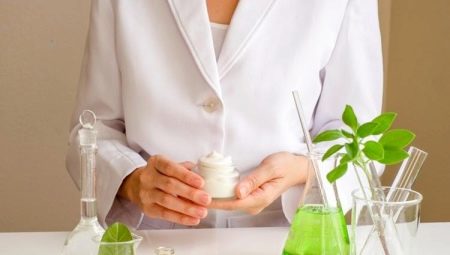
In the XX-XXI century, many people began to seriously think that the exploitation of animals in the name of obtaining any benefit is barbarism. Fur farms are closed, in many countries a ban on circus performances with the participation of wild animals has already been introduced, people are refusing to eat meat. Another step towards protecting animal rights was the use of so-called ethical cosmetics.
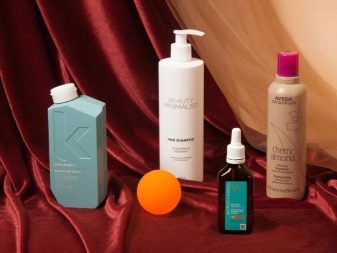
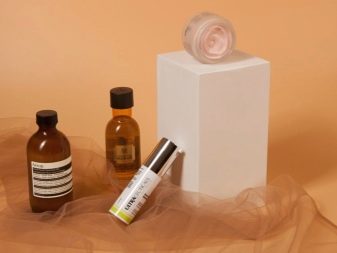
What is it and how is it indicated?
Cosmetics are called ethical, which is not tested on animals. It is denoted by a certain icon in the form of a rabbit in a circle and accompanied by the inscription "Not tasted for animals or Animal friendly." Cosmetics marked with the letter V (vegan) do not contain animal ingredients.
Any cosmetic products, whether they are hygiene products or household chemicals, are tested for the content of toxic substances, mutagens and carcinogens, as well as for the likelihood of irritation on the skin or mucous membranes after use. However, while some producers test using alternative methods, others do not hesitate to exploit animals, which most often die after that.
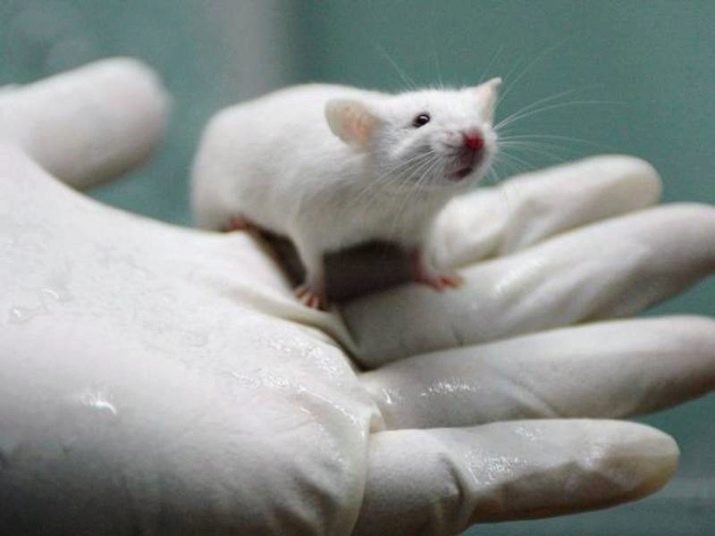
The middle of the 20th century was marked by the emergence of the "Beauty without cruelty" movement.
Rallies were held, many people spoke out in support of animal rights, and this had an effect: some manufacturers of cosmetics, perfumery products, as well as household products, refused to use animals for testing and made changes to the composition of products, starting to use herbal ingredients ... In 1998, the United Kingdom introduced a ban on animal testing. At the same time, the international standard for ethical cosmetics appeared, and in 2003 - for household chemicals.
Who is responsible for enforcing these standards? There are 2 organizations - PETA and BUAV. On the net, on the official PETA page, lists of manufacturers - "white" and "black" are published. “White” includes firms that produce ethical products, “black” - companies that still exploit animals. BUAV requirements are even stricter: a manufacturer seeking to obtain the approval of this organization must not only be humane towards our smaller brothers, but also refuse to order such experiments from third-party firms.

Many people are wondering: are ethical and vegan cosmetics the same thing? No, these are different products. Ethical products are not tested on animals, but animal components (e.g. honey, placenta, keratin, wax, etc.) may contain. Cosmetics for vegans differ in that there is not a single “animal” ingredient in its composition (but there may be artificial ones). Therefore, do not confuse these concepts.
There are products that combine these 2 items. In this case, animals are not used at all for its production.
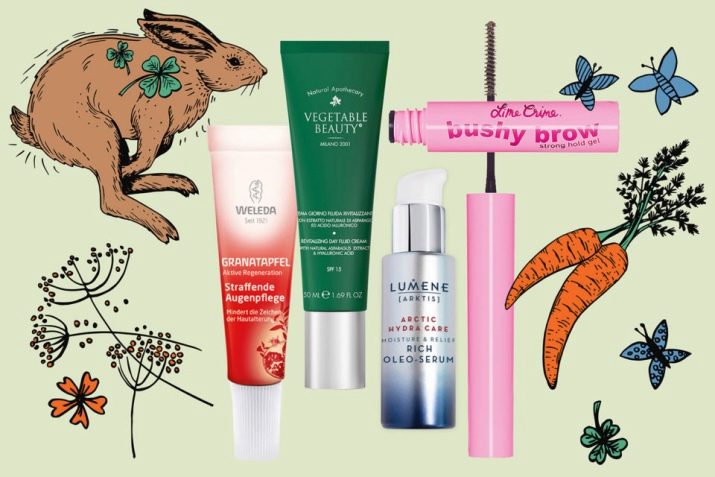
Primary requirements
In order to be called ethical, cosmetics must fulfill the following conditions.
- The final product is not tested on animals.
- The components of the product are also not tested on them at any stage of manufacture.
- Companies that do not hesitate to exploit our smaller brothers have such a "loophole": a footnote appears on the official website "not tested on animals, except when required by law." This phrase hides the fact that the manufacturer supplies its products to China, where testing on animals is mandatory, or is going to do so soon. So, products with such a "mark" are not considered ethical.
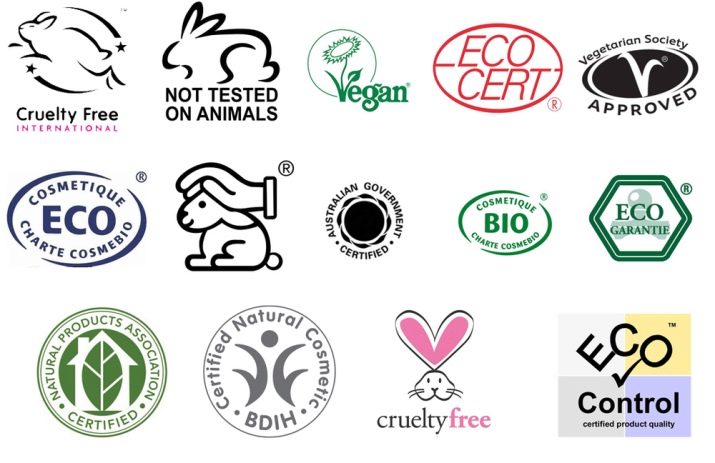
Even more stringent requirements are imposed on vegan products:
- absence in the composition of any ingredients of animal origin;
- during production, at no stage were in vivo tests (on a living organism) carried out;
- does not contain genetically modified components;
- there are certificates confirming ethics;
- there is a "vegan" badge on the packaging.
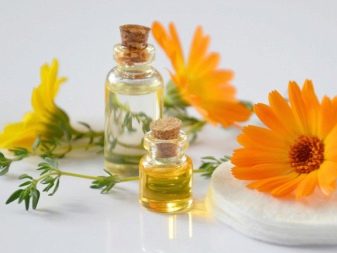
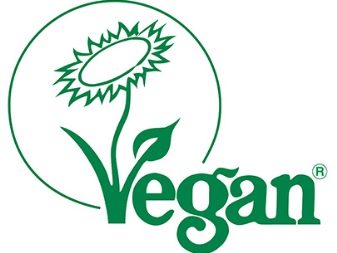
Advantages and disadvantages
Let's see what are the advantages has the use of ethical cosmetics.
- The content of useful plant components in them is very high, and this is very beneficial for the skin. If they contain synthetic additives, then there are few of them, and they are mostly safe.
- Vegetarian cosmetics have no age or skin type restrictions.
- Similar products can be found at any price point.
- As a rule, even the packaging of these products is recyclable and does not pollute the environment.
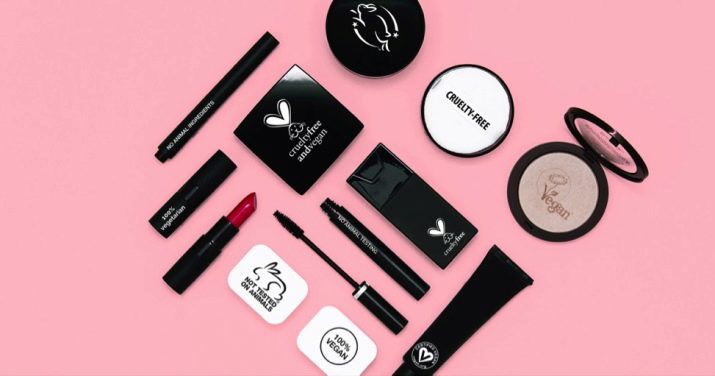
Perhaps, many, having read the list of advantages, will shrug their shoulders in perplexity: how can such cosmetics have disadvantages? Unfortunately yes.
Minuses.
- Speaking of the synthetic constituents of ethical cosmetics, you will notice that not all of them contain harmless additives. There are mutagens, parabens, and petroleum products, which, getting into the water, for example, when washing, pollute the environment. This means that when using such means, there is no need to talk about caring for the environment.
- Fragrance-free, ethical cosmetics often have an unpleasant odor that some associate with medicines or the scent of damp earth.
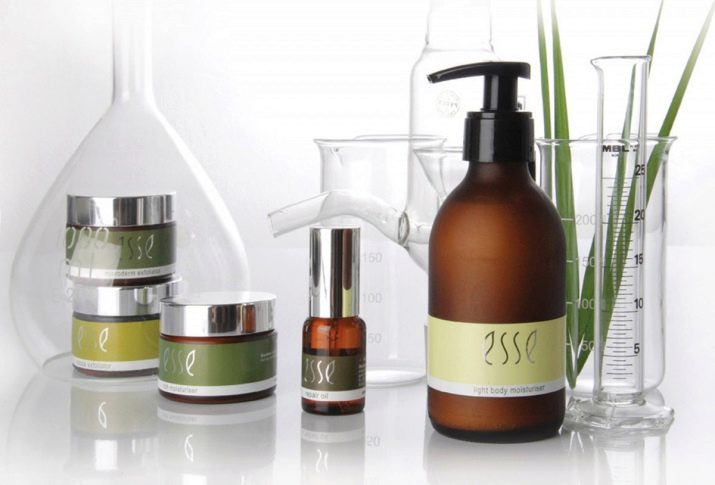
Varieties
All cosmetics - both vegan and ethical - are divided into several types:
- decorative - means for applying makeup;
- care - includes everything for face, body and hair care;
- pharmacy - aimed at solving specific problems (acne, pigmentation, dehydration, wrinkles, etc.);
- toothpastes.
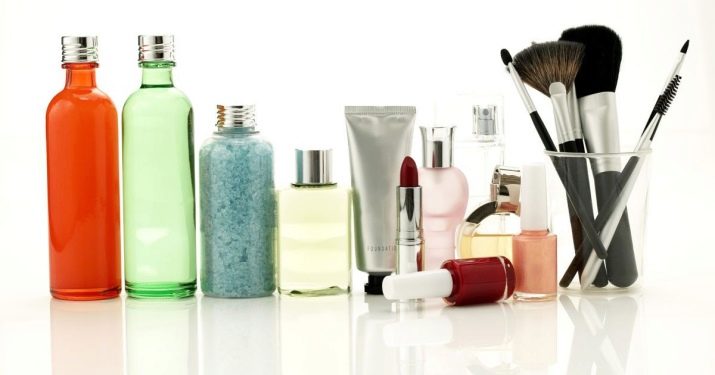
Brand overview
It's time to introduce you to the list of ethical cosmetics brands. So let's get started.
Decorative means:
- 100% Pure;
- Anastasia Beverly Hills;
- Benecos;
- Ellis Faas;
- Ecco Bella;
- Emani;
- Eva Mosaic;
- Ecotools;
- NYX;
- Inglot;
- Smashbox;
- Lumene;
- Urban Decay;
- Tarte;
- The Body Shop;
- Kat Von D;
- Lush;
- E. L. F .;
- Everyday Minerals;
- Gosh;
- H&M;
- Logona;
- Too Faced;
- Dr. Hauschka;
- Lavera;
- Living Nature;
- Natura Siberica;
- NeoBio;
- Pacifica;
- Roek Minerals;
- Sante Naturcosmetics;
- Real Techniques;
- Zoya;
- Zao make-up;
- CND.
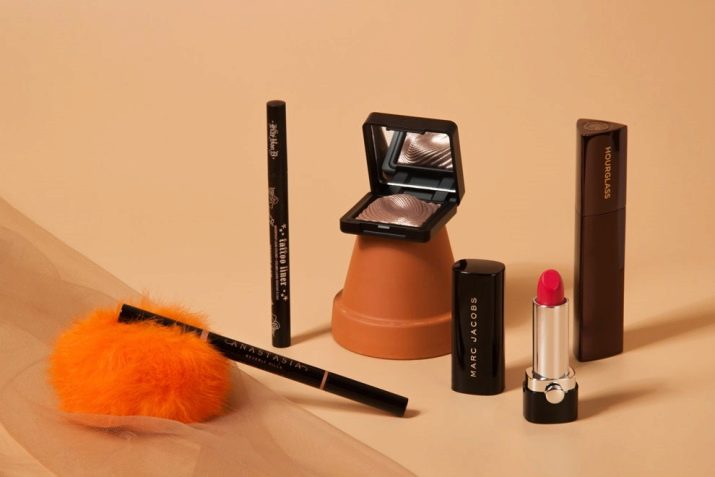
Care products:
- "Mladna";
- Lush;
- Organic Shop;
- Body Shop;
- Amala;
- Melvita;
- EcoVego;
- LookyLook.
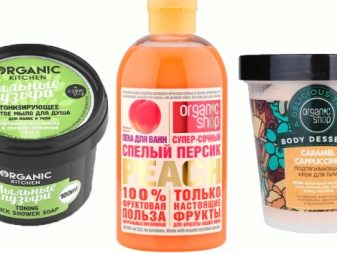
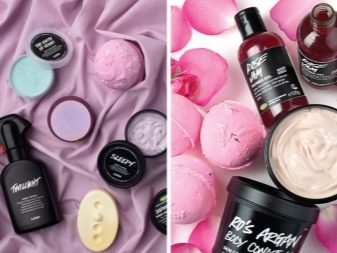
Pharmacy products:
- Carmex;
- Natura Siberica;
- Weleda.
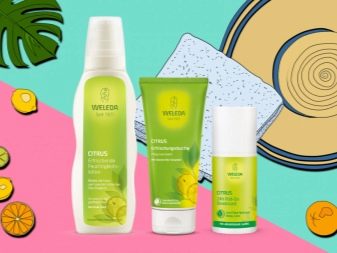
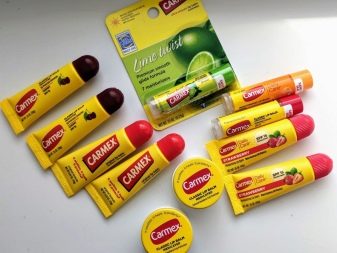
Toothpaste:
- Dabur;
- Georganics;
- Himalaya;
- R. O. C. S .;
- Silca.
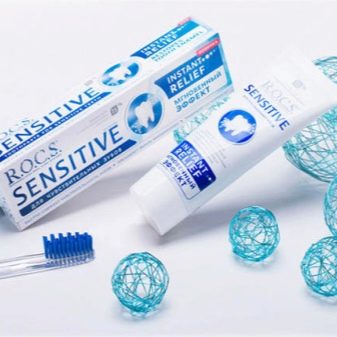
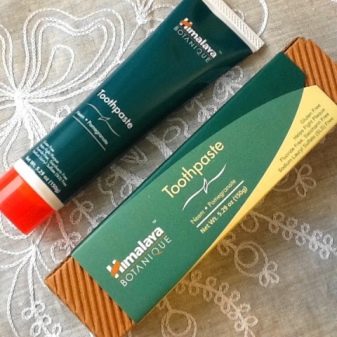
How to choose?
When choosing ethical cosmetics, it is important not to make a mistake. To do this, check out the tips below.
- Be sure to look for specific markings on the product packaging. It can be a flower - a symbol of veganism, or a rabbit in a circle. In any case, the inscription must be present "Cruelty free and Vegan"... Only then can you be sure that you have purchased a truly ethical and vegetarian product that does not in any way promote the exploitation of animals and does not contain ingredients of animal origin. If you do not have a goal of buying a vegan product, but you need an ethical one, look for the inscription "Not tasted for animals or Animal friendly".
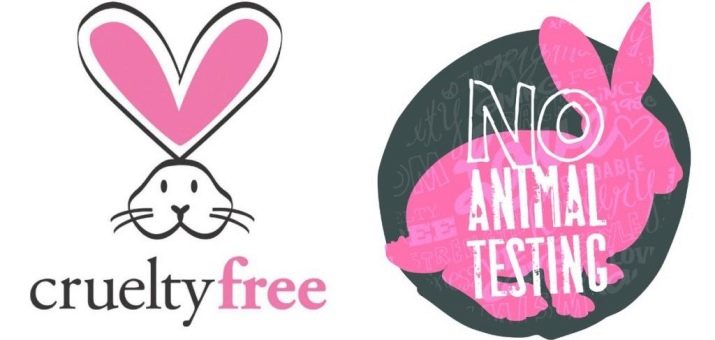
- Before going to the store for a purchase, check whether the selected brand is on the PETA White List. You can go to the official website of the organization and check there, or enter the brand name into the search bar and find out everything about its environmental friendliness and ethics.
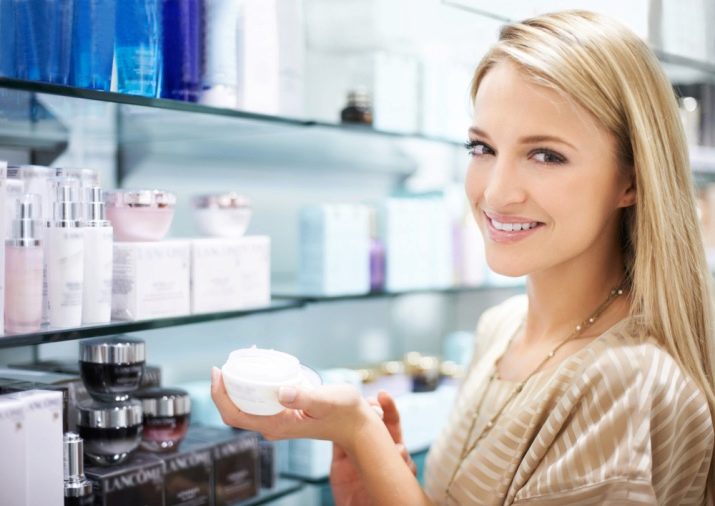
- If you want to purchase a product from a domestic manufacturer, then here's to you list of PETA approved companies: Levrana, Biobyuti, Aspera, Russian Cosmetics, EFTI Cosmetics, Organic Shop, EcoVego, LookyLook, Cosmavera, Spivak Soap Company, Olesya Mustaeva's Workshop, MI&KO, Laboratorium, OrganicZone, Milorada ...
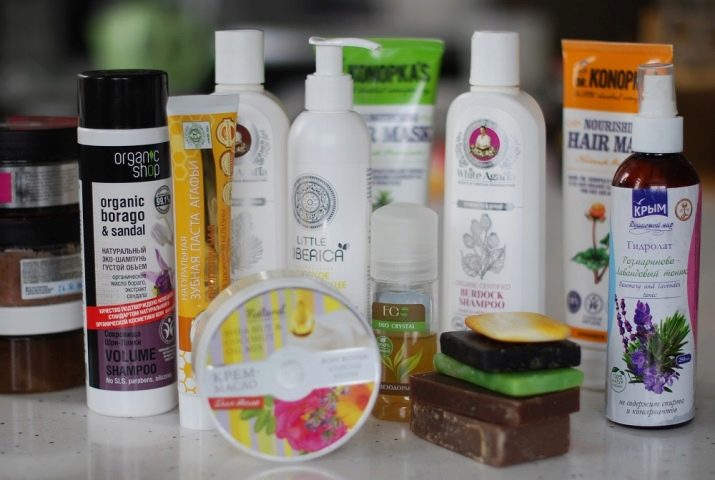
- Check information on the supply of these products to the Middle Kingdom. As we mentioned earlier, it is strictly regulated by Chinese law that any cosmetics must be tested in vivo.
Therefore, if a manufacturing company cooperates with this state and sells its goods there, it a priori cannot produce ethical cosmetics.
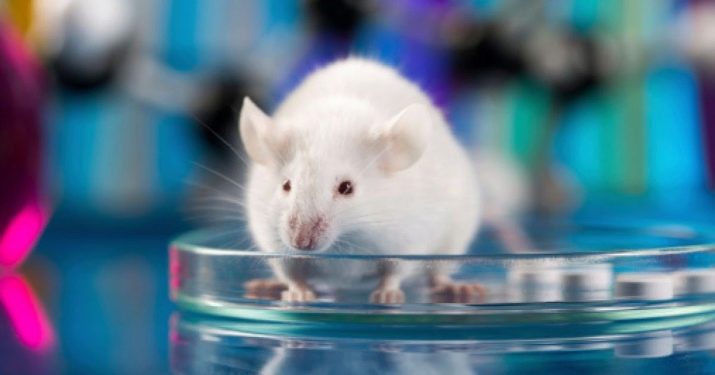
Importance of use
The experiments carried out in the laboratory are terrifying in their cruelty. The animal is fixed, immobilized and the drug is applied to the skin, mucous membrane, or it is injected inside and the reaction of the body is monitored.
The most famous tests.
- Draise test - a concentrated substance is instilled into the animal's eye, which leads to irreversible damage to the cornea and loss of the eye.
- Skin Corrosion Test - an area on the body is shaved, a skin flap is removed from it, and the resulting wound surface is treated with the test drug.
- Lethal dose-50 - a large dose of the test agent is injected into the stomach or intravenously, intramuscularly. The number "50" is present in the title for a reason - the experiment continues until only 50% of the experimental animals remain alive.
- Inhalation of vapors. The subjects are placed in closed glass chambers, previously inflated with vapors of the test agent in high concentration. The result is an agonizing, slow death of the animal from suffocation.
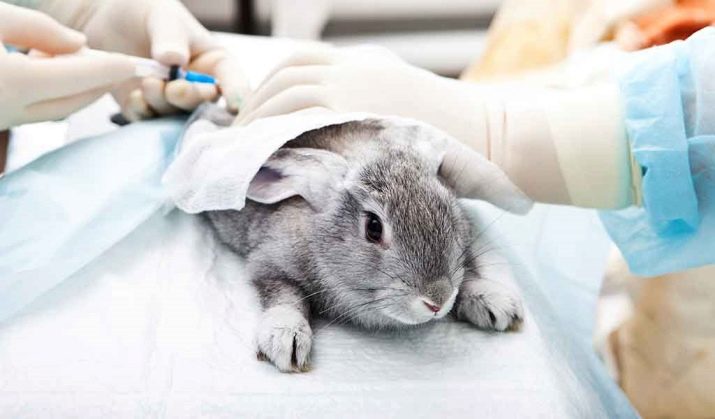
To eat meat or not, whether to wear clothes made of natural fur or faux fur, whether to look for ethical cosmetics or not - everyone's choice. However, it is worth considering that we are not the masters of this planet, even though we proclaimed ourselves as such. All living beings are worthy of respect and love. And you need to try to show these feelings and take care of nature not only in word, but also in deed.
For information on how to find out if cosmetics are tested on animals, see the video.









Thank you for the article.
Thanks for the information.
Thanks.